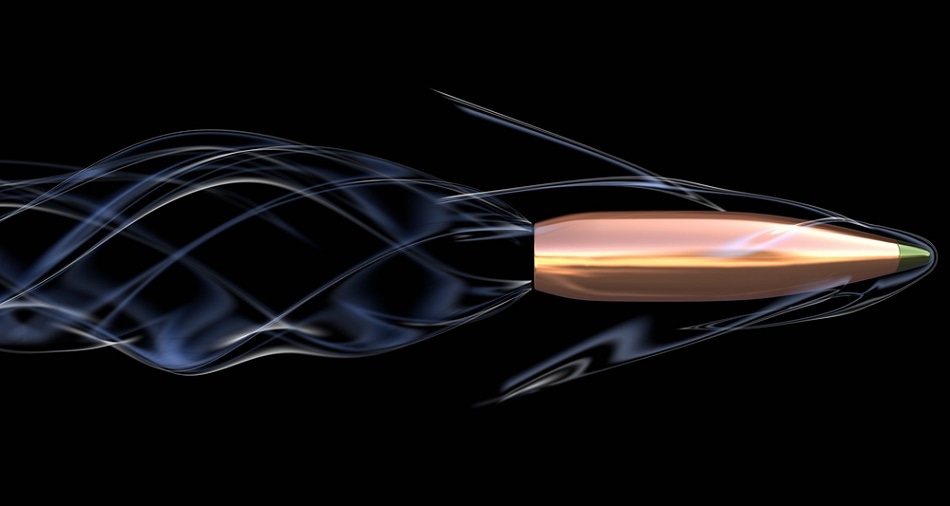 Tatiana Shepeleva/ Shutterstock.com
Tatiana Shepeleva/ Shutterstock.com
Researchers at The City University of New York (CUNY) have developed a unique graphene-based material that becomes as hard as a diamond when it is impacted, according to a new paper published in Nature Nanotechnology.
The study team said their novel material, known as diamene, is capable of stopping bullets and could be used to create a wide range of protective materials.
In the study, CUNY researchers theorized and conducted experiments to see how two sheets of graphene, an atom-thick form of carbon, could transform into a diamond-hard material when impacted at room temperature. In addition to achieving their objective, the researchers also discovered the moment of transformation led to an abrupt reduction of electric current, indicating diamene could have intriguing electronic and spintronic qualities.
Like graphene, diamond is made up of carbon in a unique atomic arrangement. While the atomic configuration of diamond gives it extreme hardness, graphene’s atomic makeup provides the material with unique flexibility and conductivity.
Study Author Elisa Riedo, professor of physics at CUNY, said diamene is the thinnest film with the stiffness and hardness of diamond ever fabricated.
Previously, when we tested graphite or a single atomic layer of graphene, we would apply pressure and feel a very soft film. But when the graphite film was exactly two-layers thick, all of a sudden we realized that the material under pressure was becoming extremely hard and as stiff, or stiffer, than bulk diamond.
Elisa Riedo, Study Author and Professor of Physics, CUNY
After developing the initial concept for their form of diamene, the study team used computer models to simulate prospective results when pressurizing two honeycomb sheets of graphene lined up in several arrangements. The team then used an atomic force microscope to put localized pressure on the two-layer graphene films they created and saw that their experimental results agreed with their calculations. Both trials and theory revealed this transition to a diamond-hard material does not happen for more than two layers of graphene, or for a single graphene layer.
Our new technique allows us to manipulate (graphene) so that it can take on the beneficial properties of a diamond under specific conditions.
Angelo Bongiorno, Study Author and Associate Professor of Chemistry, CUNY
The researchers said their work exposes new possibilities for studying the graphite-to-diamond phase transition in two-dimensional materials. They added that future study could explore processes for stabilizing the conversion and lead to applications for the subsequent materials produced from the research.
In June, researchers from the US and China announced the joint discovery of a similar carbon material that is as hard as a diamond but also flexible called “compressed glassy carbon”. This material is comprised of the “sp2” bonds that makeup graphene and the “sp3” bonds that make up diamond.
To create compressed glassy carbon, the joint research team compressed multiple sheets of graphene together at high temperatures, which formed sp3 bonds in places where carbon atoms were arranged in a certain configuration.
An in-depth examination of the compressed material revealed about 20 percent of carbon bonds were sp3 bonds, while the remainder were still sp2 bonds. The newly-formed sp3 bonds caused the material to take on the appearance of a massive, interconnected network. On the local atomic level, the network appeared in a neat hexagonal pattern, but on a grander scale, the connected sheets of graphene appeared haphazard. The researchers concluded that this neat-yet-messy structure imparted extreme hardness to the material while allowing it to retain its flexibility.
The study team said the process used to create compressed glassy carbon was relatively inexpensive and easy to scale, suggesting commercial applications are a distinct possibility.
Disclaimer: The views expressed here are those of the author expressed in their private capacity and do not necessarily represent the views of AZoM.com Limited T/A AZoNetwork the owner and operator of this website. This disclaimer forms part of the Terms and conditions of use of this website.